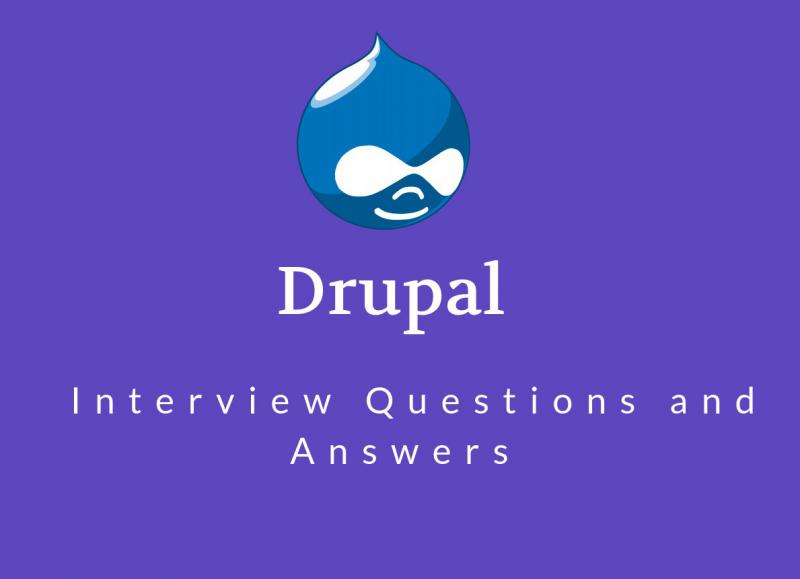About Drupal
Drupal is a powerful CMS (Content Management System) whose popularity is growing by leaps and bounds. Drupal is definitely one of the most sophisticated content management systems which is extremely popular among bloggers and webmasters. We look at reasons to choose Drupal over other comparable products. In addition to this, using Drupal offers you a shorter time for marketing the new or improved features available on your website. Drupal CMS is used by thousands of individuals and organizations around the world for developing business, personal, social networking, and e-commerce websites. Drupal CMS is easy to manage. Users can easily categorize the posts, create the defaults as well as create custom lists, and more in order to organize the website or blog.

